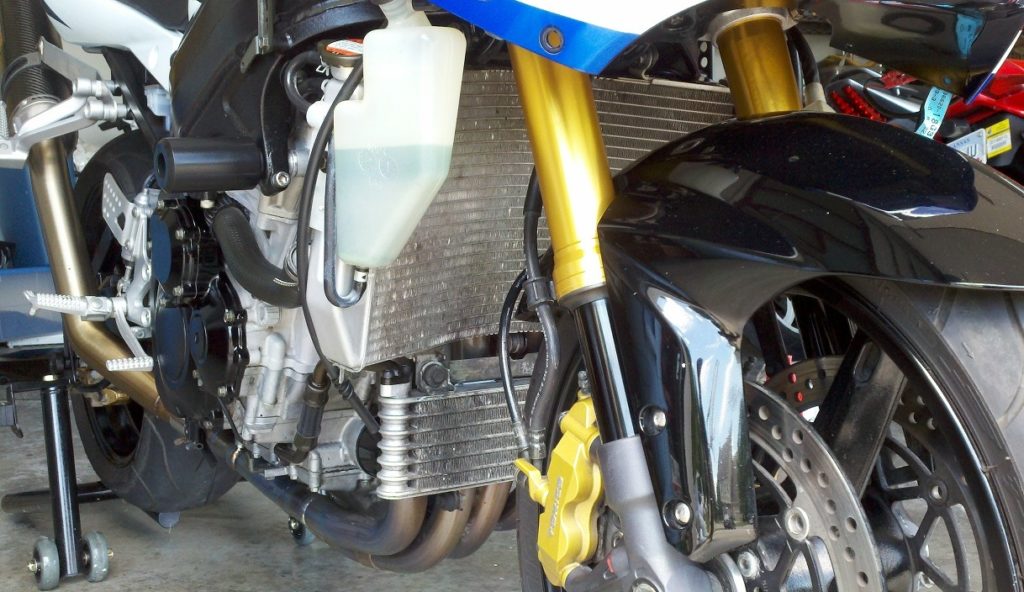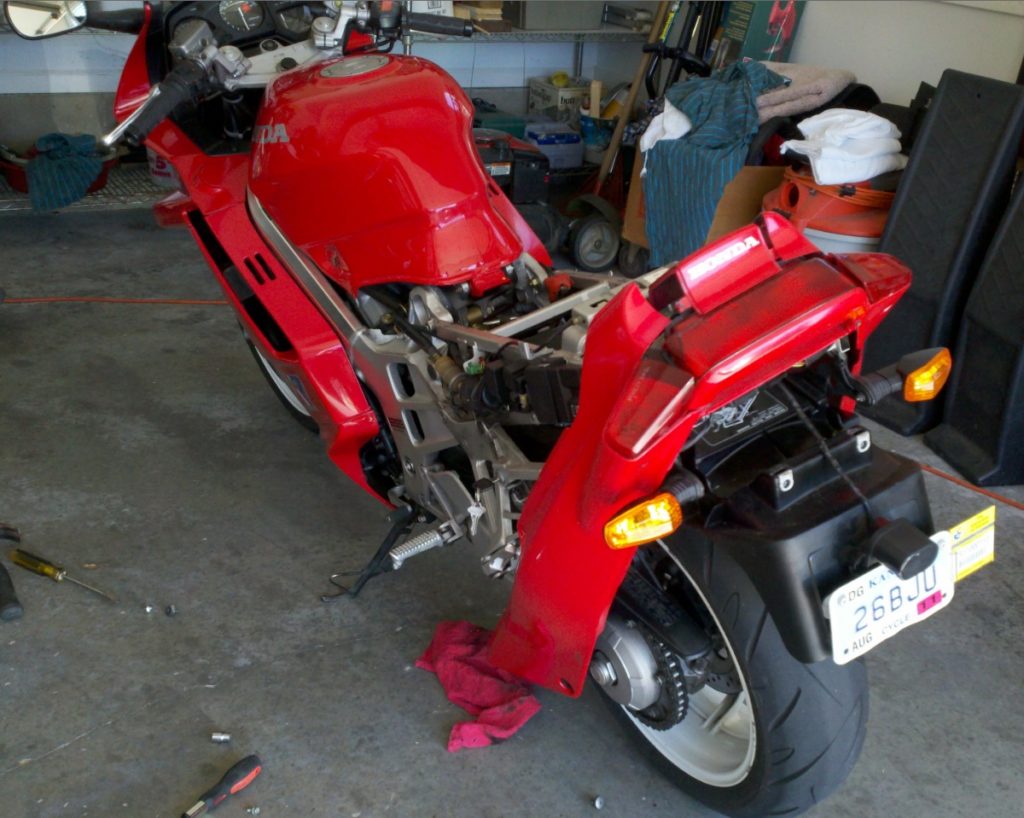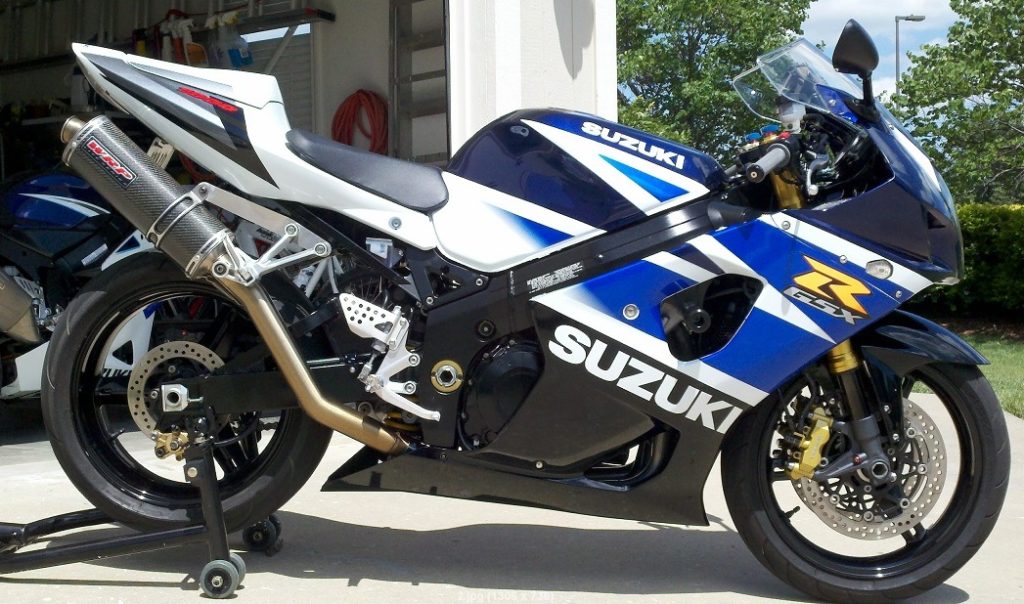
Used bikes are great; their smile per dollar ratio is unmatched. You can always jump on the ‘ol Craigslist and have five bikes lined up within a 30 mile radius that are well under book value and itching to sell. The deal factor is irresistible. You look at your bank account, then back at the listing. It’s hard to believe that all of the stars have aligned. You whip out your phone, make the call, and before you know it, your new-to-you bike is in your driveway. Success!
Well, not so fast. More often than not, motorcycles are seriously neglected, fair-weather toys. Want proof? Next time you see a bike out in the wild, take a look at the chain. You’ll probably see considerable grime build up – or worse – rust. If you were to analyze the oil, you shouldn’t be surprised to find an expiration date of 2 years ago. Tires? Yeah, they are probably the original ones to the bike. Don’t even ask about the brakes.
Of course, there are exceptions to the rule, but more than likely the sweet deal you just scored off of Craigslist is partial to the norm. Don’t be discouraged – your dream bike can be steered towards a fitness plan that will make the previous neglect look like a distant memory.
Blood Transfusion

Oil is the lifeblood of any internal combustion engine. Engines that reach over 200,000 miles get there because their owners religiously changed the oil and filter.
Oil that has a clearish-gold tint isn’t always indicative of “new”. The previous owner may even insist that it was just changed. Unless there is documentation to prove it, you are doing yourself and the bike a disservice to forego changing it immediately. It’s cheap, it’s easy, and it’s smart.
BUDGET: $45
Exchange the Coolant
You can skip this section if you have an oil cooled or air cooled engine. For the rest of us, antifreeze is the most overlooked fluid in the bike. Why? Because the coolant reservoir is hardly ever in sight and if the level is correct, it must be fine! In truth, it’s good practice to exchange it every 2 to 3 years.

Antifreeze will chemically break down over time and in turn won’t provide the necessary freeze and corrosion protection or cooling and lubricating properties the engine needs. A thorough flush with deionized (DI) distilled water is a must to remove all remnants of the old coolant. High quality coolant can be sourced at any reputable motorcycle shop. The flushing procedure will ensure that your engine will remain temperate even on the hottest – and coldest – of days.
BUDGET: $35
Swap the Brake Fluid
Motorcycles, for the most part, are quick machines. It goes without saying that if you go fast, your need to stop increases exponentially. Old, dingy, water-logged brake fluid will not help you in this pursuit.

If your bike has hydraulic brakes, take a look at the front and rear brake fluid reservoirs. Is the fluid almost clear or light colored? Or is it dark like engine oil? If it’s dark, flush it immediately. Does the hand brake lever or foot brake lever feel spongy? Even if the fluid looks new, there still could be air trapped somewhere in the system. Bleed the system until all bubbles have vanished and you are left with a firm feel at the levers. The safest bikes on the road are the ones that can stop.
BUDGET: $15
Getting Sticky
Old tires may appear to have great tread depth, but their chemical structure may have severely degraded to the point in which they are hazardous. For example, think of a pencil eraser. An old eraser will have a hard, glazed surface and smear everything. A new eraser will be flexible, grippy, and will erase with ease. The same goes for tires – old ones will be dried, cracked and won’t grip; new ones will be soft, sticky and have grip for all weather conditions.

When you are relying on only two contact patches, this a feature you really don’t want to skimp on. If the bike looks like it needs tires, don’t risk it. Replace it.
BUDGET: $400 (For sport bikes, typically less for other motorcycles)
Mr. Clean
This one shouldn’t need too much of an introduction. A filthy, grungy bike can weigh on your psyche every time you look at it. Even more, dirt build up can mask deeper issues with body work and mechanical systems. If left too long, dirt and grime can create a corrosive buildup on critical systems such as brake and suspension components – potentially leading to disaster while riding.

The chain needs to be free of grit on the roller surfaces and needs to be thoroughly lubricated. This ensures a long life for sprockets and proper articulation of the chain links. If your bike is fully-faired, I always recommend stripping all of the body panels off and giving everything a good clean underneath. This will also give you an opportunity to inspect wiring and any other hidden parts of the bike. Stock up on grease-cutting liquids and shop towels to get a thorough clean. My go-to solutions are WD-40, Simple Green, brake parts cleaner and a lot of tooth brushes. A clean bike will not just look great – it will ultimately be a safer machine.
BUDGET: $30
Get Out There
After following these guidelines, your new-to-you bike will be in the best condition it’s been in since new. It will be ready to handle anything you can dish out and it will serve you well for years to come. It’s cliché, but if you look after your machine, it will look after you. Now get out there and let that lion roar.

Have any more tips for benchmarking a new-to-you bike? Let us know in the comments!

Leave a Reply